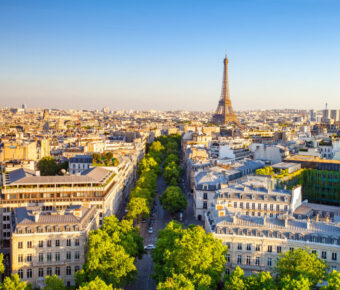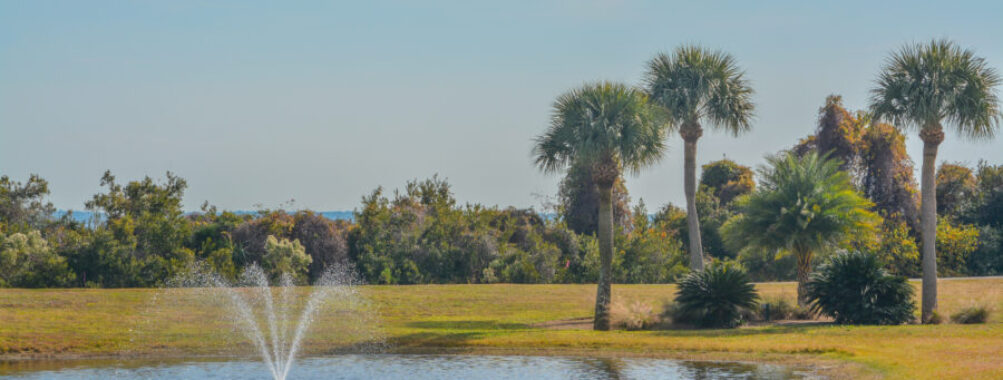
Best Time to Visit Jekyll Island: Expert Guide to Seasons, Events & Hidden Gems
Thinking about a trip to Jekyll Island, Georgia? It’s not just about dropping a pin on the map. Timing really matters here. Honestly, the best time to visit Jekyll Island is spring (March–May) or fall (September–November). The weather’s just right, prices aren’t outrageous, and the island looks its best. You’ll dodge the big summer crowds, but there’s still so much going on.
I’ve wandered around here in all kinds of weather, and the island’s personality really shifts. Spring? You might catch sea turtles nesting if you’re lucky. Fall brings those quiet beaches and that relaxed, almost secret hideaway vibe. Of course, there’s summer too—if you don’t mind sharing the sand, those beach days are hard to beat.
Key Takeaways
- Spring and fall hit the sweet spot for weather, value, and stuff to do
- Summer’s all about lively beach days, but you’ll rub elbows with more people
- Winter slows down—fewer options, but peaceful charm if that’s your thing
Table of Contents
- Understanding Jekyll Island’s Seasons
- Climate Overview
- Peak vs. Off-Peak Travel Periods
- Barrier Island Weather Patterns
- Spring: Blooming Beauty and Unique Events
- Ideal Weather for Outdoor Activities
- Wildlife Encounters and Sea Turtle Season
- Signature Spring Festivals
- Summer: Vibrant Beach Life and Family Fun
- Swimming and Water Sports
- Summer Waves Water Park Adventures
- Crowds, Pricing, and Booking Tips
- Fall: Tranquility, Festivals, and Outdoor Exploration
- Mild Temperatures and Fewer Crowds
- Golfing and Fishing Opportunities
- Jekyll Island Shrimp & Grits Festival Highlights
- Winter: Peaceful Retreat and Historic Experiences
- Holiday Events and Island Treasures
- Exploring Historic Landmarks
- Nature Walks and Birdwatching
- Must-See Attractions Year-Round
- Driftwood Beach and Iconic Shorelines
- Georgia Sea Turtle Center Insights
- Historic District and Mosaic Museum
- Frequently Asked Questions
- What are the peak seasons for wildlife spotting on Jekyll Island?
- Can you suggest the ideal months for comfortable weather and fewer crowds?
- What are the special events or festivals worth experiencing on Jekyll Island?
- During which part of the year does Jekyll Island offer the most scenic landscapes?
- Is there a recommended time for budget-friendly travel to Jekyll Island?
- What period should be avoided due to extreme weather conditions on Jekyll Island?
- Book Your Dream Experience
- More Travel Guides
Understanding Jekyll Island’s Seasons
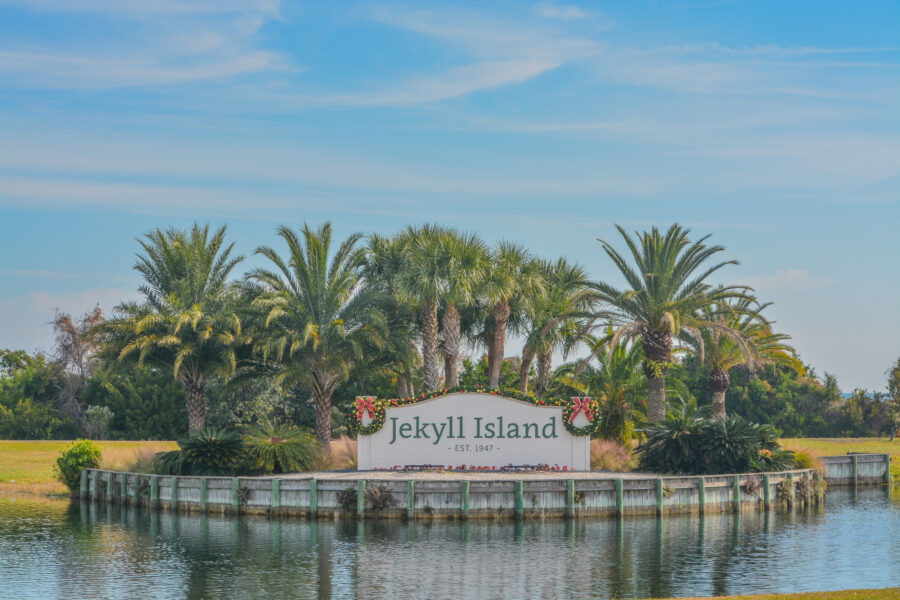
Jekyll Island has its own rhythm. The weather, the crowds, even the wildlife—everything shifts with the seasons. Sometimes those little details make or break your trip.
Climate Overview
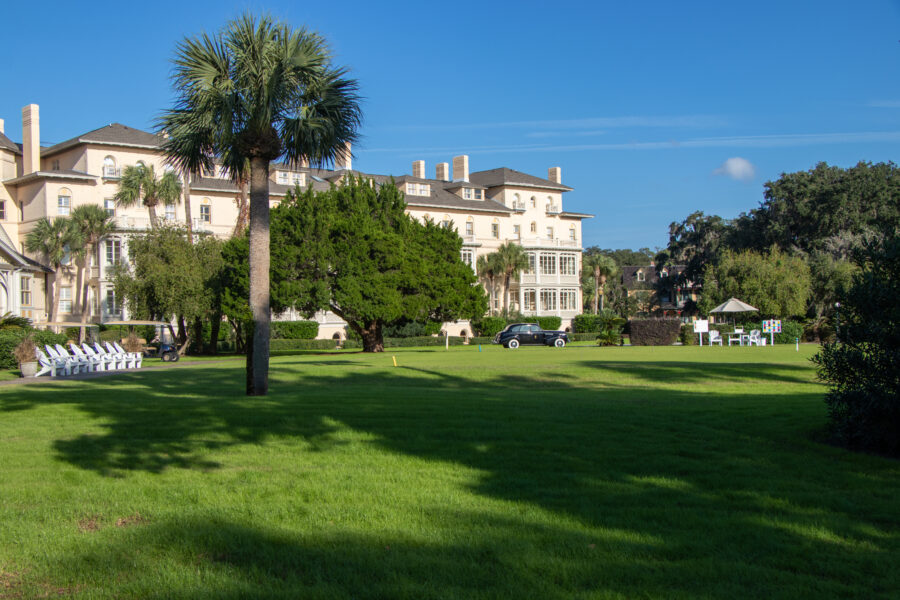
So, Jekyll Island sits in this humid subtropical zone. Winters? Not bad—think 50s and 60s. Summers get hot, up into the upper 80s. Spring and fall land right in the middle, which makes them perfect for being outside.
Humidity can sneak up on you, but in spring it stays low. Those 70-degree days feel absolutely dreamy. Even in summer, the breezy air coming off the Atlantic keeps things more comfortable than you’d guess.
Rain? Sure, but storms usually blow through fast. You’ll see the sun pop back out before you know it. That’s just how coastal Georgia rolls. You can plan a beach day and not stress too much about rain messing it up.
Peak vs. Off-Peak Travel Periods
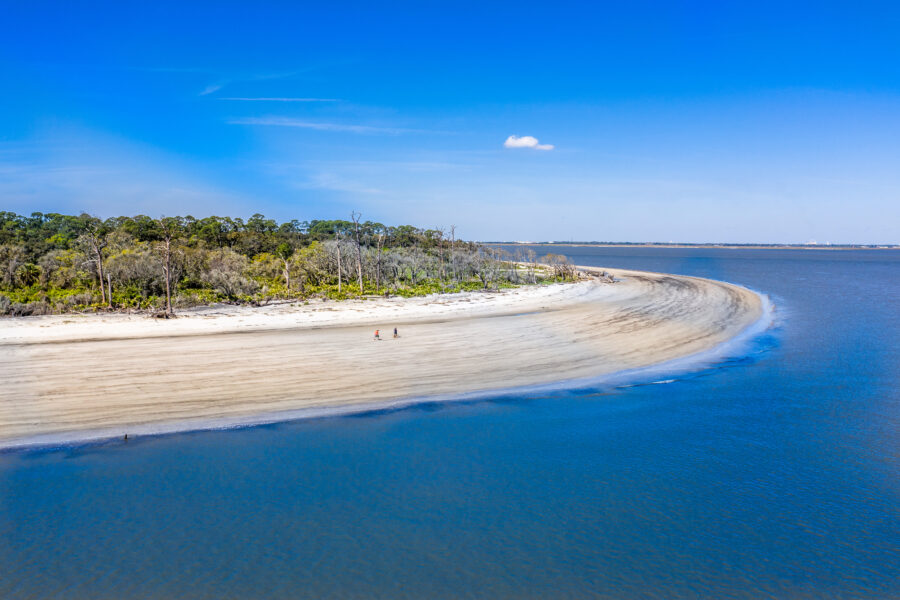
Spring and summer pull in the most visitors—families, mostly. Hotels book up quickly, and prices climb, so if you’re eyeing these months, book early. Spring also kicks off the sea turtle nesting season, which nature lovers shouldn’t miss.
Fall’s a different story. September through November is quieter, and you’ll snag better deals on places to stay. The weather drops into the 60s and 70s, which is ideal for exploring the historic district on foot or by bike. Over at travellersworldwide.com, they say November is usually the cheapest month.
Winter? It’s the slowest. You’ll have the trails and beaches mostly to yourself. It’s cooler, sure, but if you crave peace and space, this is your moment.
Barrier Island Weather Patterns
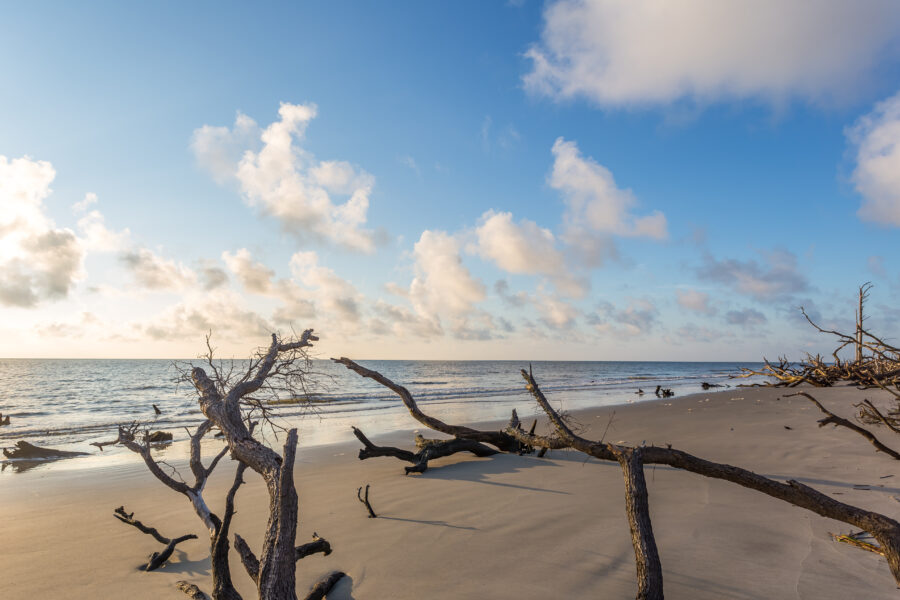
Being a barrier island, Jekyll’s weather can flip on a dime. Ocean winds cool things off, even on scorcher days. That breeze actually keeps mosquitoes down more than you’d expect, but bring bug spray for evenings just in case.
Tides matter here. Driftwood Beach—the one everyone photographs—shrinks at high tide. Check tide charts before you go if you want those iconic shots.
Hurricane season peaks in September. Direct hits are pretty rare, but tropical systems do roll through with heavy rain and rough surf. Locals take it in stride, but as a visitor, keep an eye on the weather.
Sunrises and sunsets? Unreal. I’ve sat on the beach in late October, bundled up, watching the sky go pink over the water. Simple, but unforgettable. That’s the thing about barrier islands: the weather keeps you guessing, but it’s always worth it.
Spring: Blooming Beauty and Unique Events
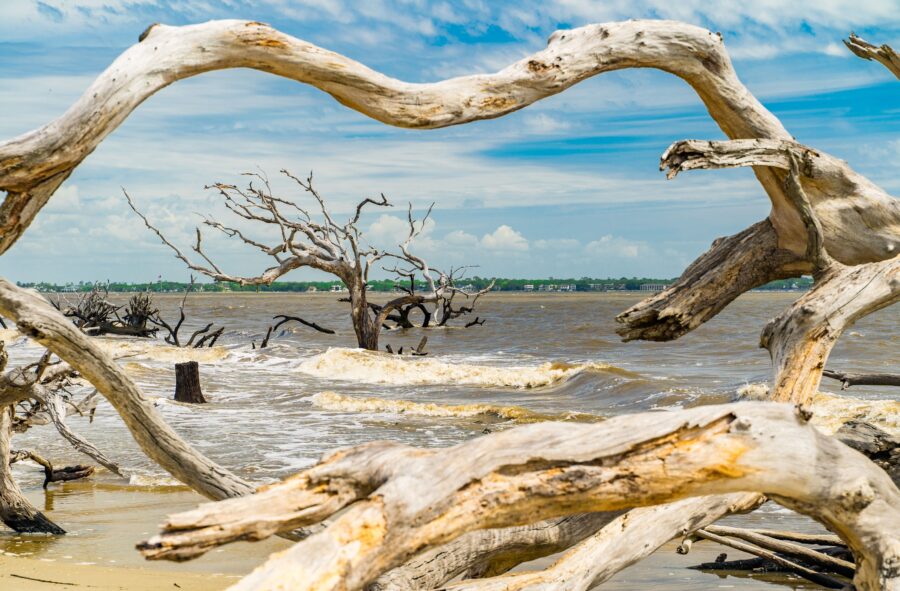
Spring on Jekyll Island is just plain lovely. Mild temps, active wildlife, and a calendar full of local celebrations. You get the outdoors without elbowing through summer crowds, but still plenty of sunshine and those special island experiences.
Ideal Weather for Outdoor Activities
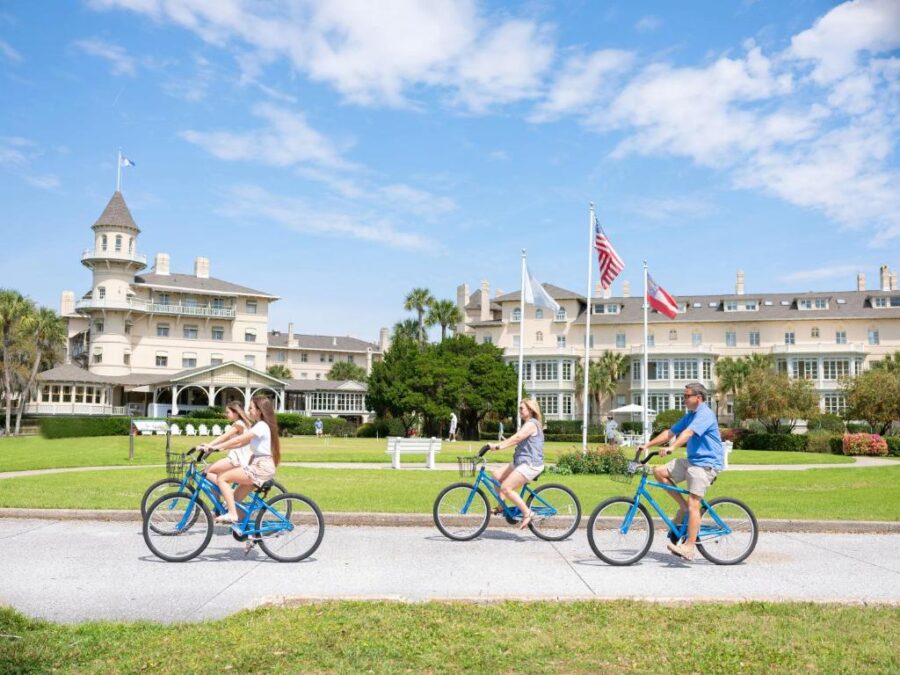
March to May, you’re looking at the 60s and 70s. That’s prime weather for biking, hiking, or just wandering the trails. No swampy humidity yet.
I’ve biked those 20-plus miles of paths in April—barely broke a sweat. That’s the weather you want for long, lazy days outside.
Beaches in spring? Inviting, for sure. Early in the season, the water’s brisk, but by May, swimming gets a lot more tempting. Driftwood Beach, with its twisted trees and wild vibe, is a must for photos and quiet walks.
Wildlife Encounters and Sea Turtle Season
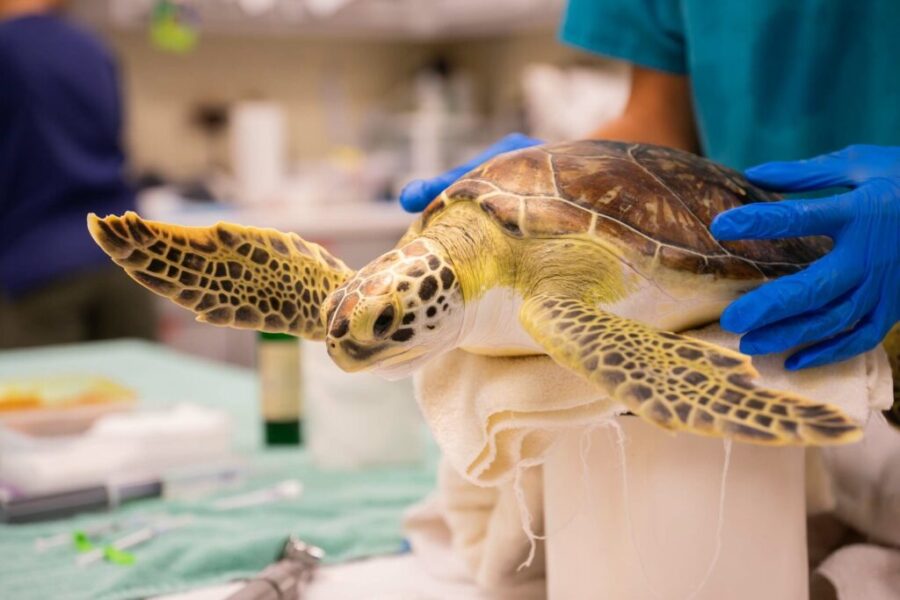
Spring wakes up the wildlife. Birds migrate through the marshes, dolphins pop up offshore, and by May, sea turtles start nesting.
The Georgia Sea Turtle Center is a gem—learn about conservation, see turtles up close, maybe even catch a rehab in action. I found it surprisingly moving, especially if you join one of their evening programs.
One night, I joined a guided walk during nesting season and watched a loggerhead turtle shuffle back to the ocean. Honestly, you don’t have to be a wildlife fanatic to feel how rare and special that is.
Don’t forget: no bright lights or flashlights on the beach at night unless they’re turtle-friendly. It’s a small rule, but it keeps the turtles safe and the magic alive.
Signature Spring Festivals
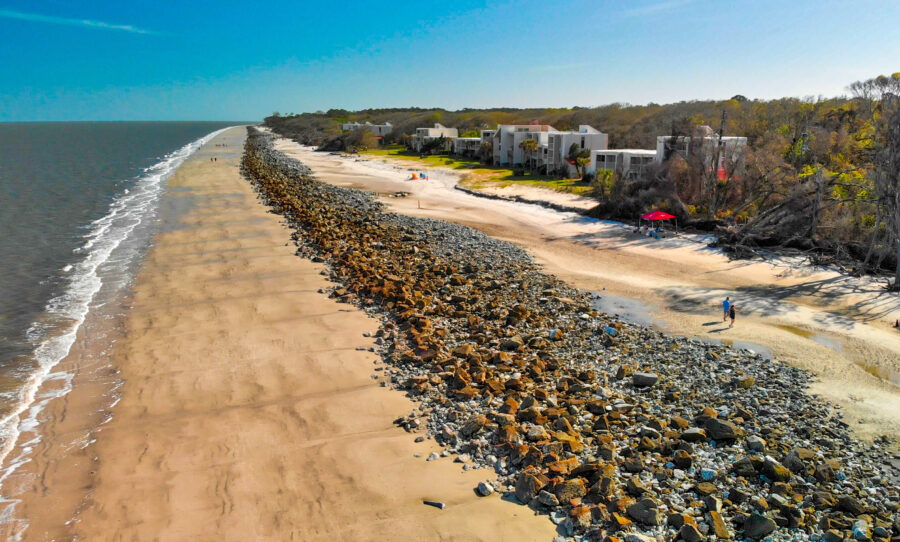
Spring means fun events, too. The Jekyll Island Shrimp & Grits Festival is the big one—food, live music, arts vendors, and that laid-back coastal energy.
You’ll see families, couples, and groups just wandering the Historic District, shrimp in hand. It’s casual, never stuffy, and that’s the best part. Eat, shop, listen to music, and just soak it all in.
Weekends bring smaller community gatherings, like art fairs or outdoor movie nights. Nothing flashy, but they show off the island’s slower pace. Honestly, that’s what keeps people coming back.
See Related: Where to Stay in Jekyll Island: Best Hotels, Resorts & Rentals
Summer: Vibrant Beach Life and Family Fun
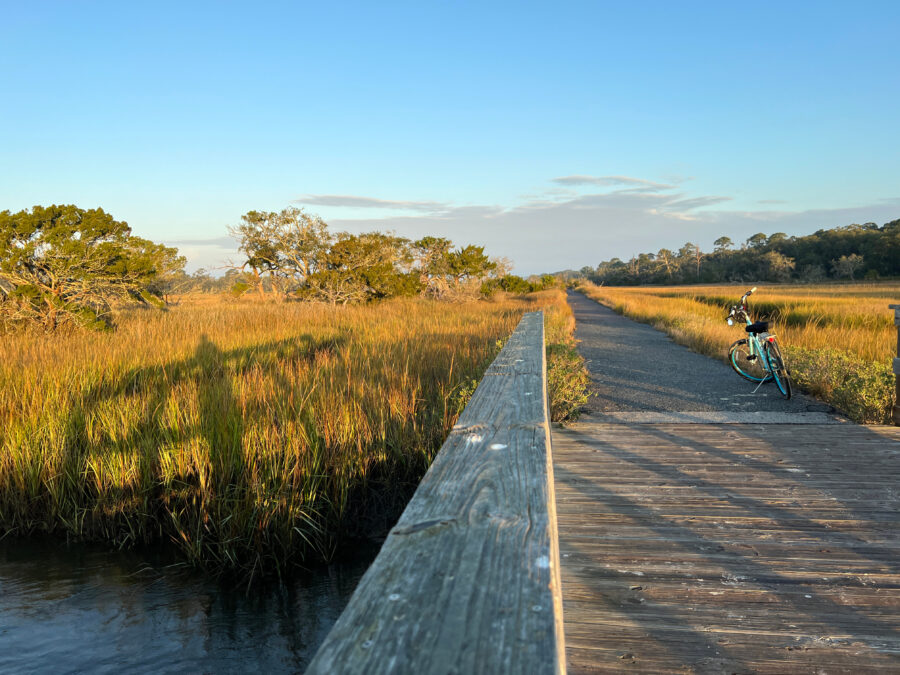
Summer on Jekyll Island is all about sun, sand, and those classic family memories. Long beach days, warm ocean water, and enough attractions to keep everyone happy. It’s a mix of adventure, old-school seaside fun, and a few tips so you don’t get caught off guard.
Swimming and Water Sports
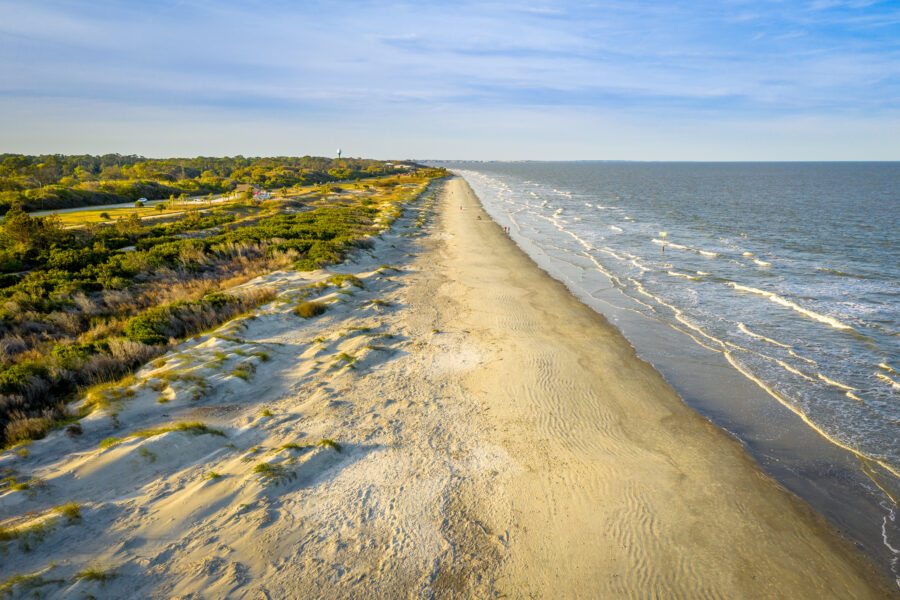
There’s a solid 10 miles of pristine beaches here. Plenty of room to lay out a towel or jump in the Atlantic. The water’s at its warmest in summer, so swimming actually feels refreshing.
If you want more than just a dip, try stand-up paddleboarding or kayaking in the calm marshes. Rentals are easy, and some shops even take you out on eco-tours.
Families with little ones usually head to Great Dunes Beach Park for the gentle surf. Driftwood Beach is better for photos and quiet walks. Don’t expect big waves like the Outer Banks—Jekyll’s all about calm, relaxed swimming.
Summer Waves Water Park Adventures

When the sun cranks up, Summer Waves Water Park is the spot. It’s not huge, but it packs a punch with rides. The Man O’ War slide gets all the attention, but the lazy river is where I always end up.
I’ve gone on weekday mornings—lines are short, kids can ride again and again. By afternoon, it gets busier, so timing helps.
Food? Think burgers, fries, and ice cream. Nothing fancy, but honestly, that’s part of the fun. If you’ve got younger kids, the splash zones and smaller slides are a game-changer. You can easily spend half a day here, and nobody gets bored.
Crowds, Pricing, and Booking Tips

Summer’s the busiest. Hotels cost more, and beaches fill up. If you want decent rates, book early through sites like Booking.com. Last-minute deals rarely happen this time of year.
Flights into Brunswick or Jacksonville fill up too, so compare fares with Skyscanner. Driving works, but be ready for the daily parking fee on the island.
The crowds peak around July 4th and weekends. If you can, aim for late May or early June—schools are just letting out, so it’s a bit quieter. You’ll get the summer energy without the wall-to-wall people, and restaurants are way less hectic.
Fall: Tranquility, Festivals, and Outdoor Exploration
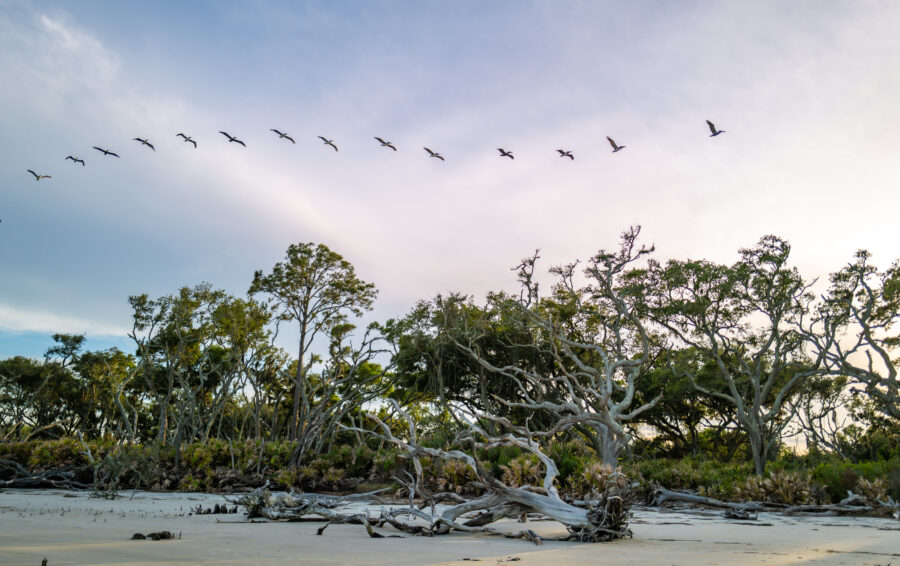
Fall on Jekyll Island feels like a secret. Cooler days, quiet beaches, and a handful of local traditions make it a special time to visit. Outdoor adventures, cultural events, and that calm you just don’t get in summer.
Mild Temperatures and Fewer Crowds
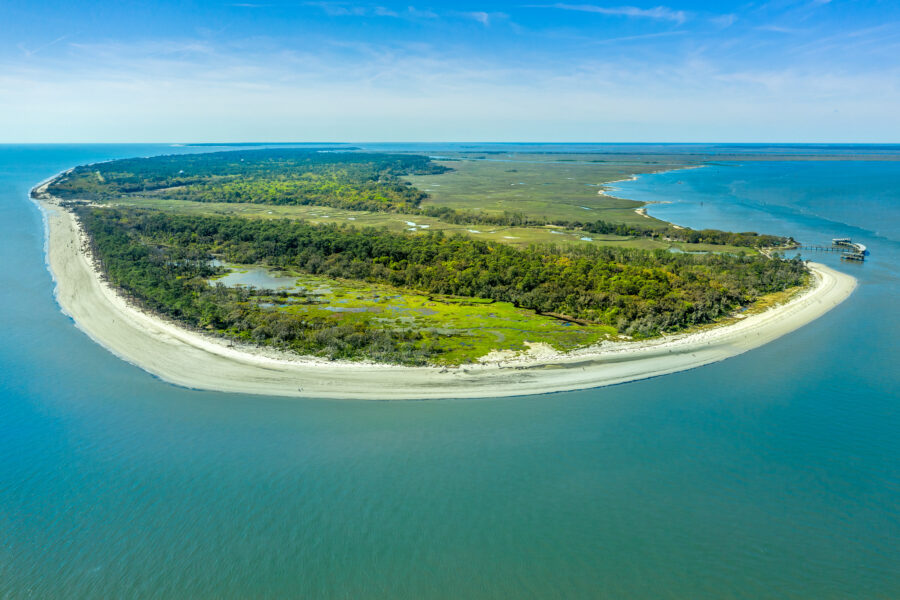
By late September, the Georgia heat finally lets up. Highs in the 70s and 80s mean you can walk for miles without melting. I’ve wandered those pristine beaches in October and sometimes felt like the only person there.
The island’s 22+ miles of trails get shady and breezy in fall. Ride past marshes, driftwood beaches, and the historic district—no summer traffic jams. Hotels and rentals are quieter too, so you can take your time picking a spot.
Attractions like Mosaic, the Jekyll Island Museum, feel almost empty. You get to explore at your own pace, no rush. That slower pace? Honestly, it’s one of the best reasons to visit in autumn.
Golfing and Fishing Opportunities
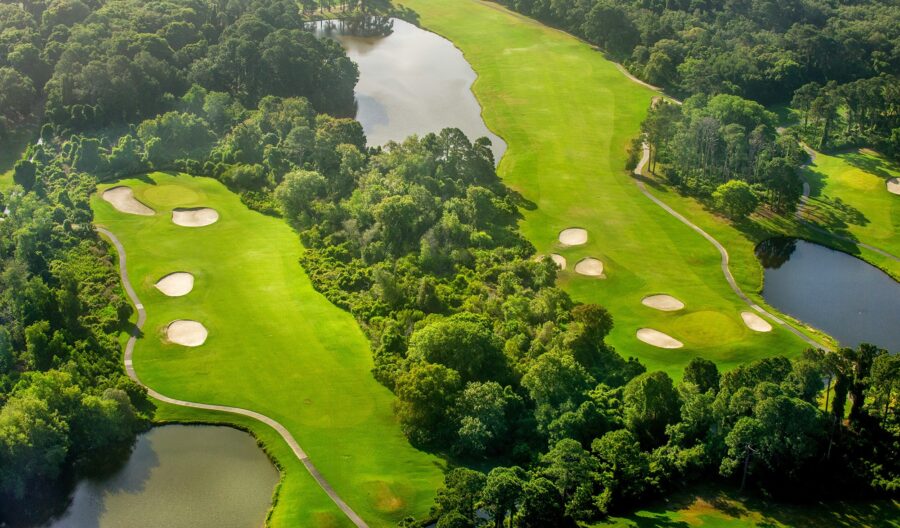
Golfers, fall is your season. The Jekyll Island Golf Club has four courses, each with a different vibe. Marshes, lakes, old forests—sometimes it feels more like a nature hike than a round of golf.
I’ll never forget teeing off on the Oleander Course and watching an osprey dive over the fairway. Wildlife shows up all the time here, and it’s a different kind of challenge than a sand trap. You might even spot deer near the rough.
Fishing’s great too. Cooler water brings in redfish, trout, and flounder. You can cast from the pier or book a charter. Kayak fishing in the tidal creeks is a quieter, more peaceful way to go. The fall bite is steady, and the scenery’s tough to beat.
Jekyll Island Shrimp & Grits Festival Highlights
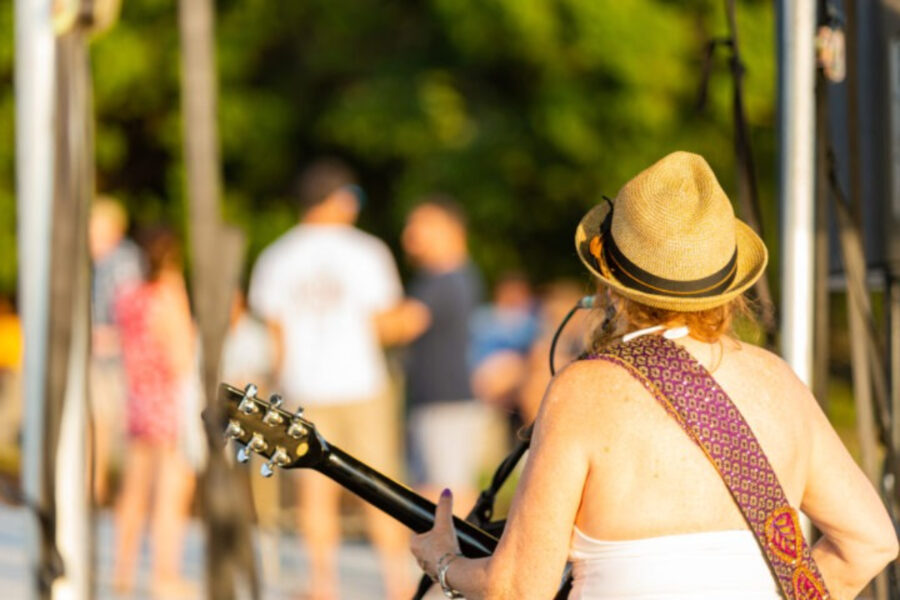
Every autumn, the Jekyll Island Shrimp & Grits Festival pulls in foodies, families, and anyone who loves a good time under the live oaks. This isn’t your average food fest—it’s where local chefs and farmers get creative with a Southern classic, and honestly, some of the combinations are wild in the best way.
You’ll wander past booths serving everything from the tried-and-true to the downright inventive. I still remember the first time I tasted shrimp and grits with smoked sausage and peppers—who knew that would work so well? Georgia Grown vendors show up in force, so you can snag handmade goodies and taste some of the region’s best.
Live music drifts through the air, and the kids always seem to find something fun to do, so it’s a rare festival that actually feels welcoming for everyone. The setting? Picture historic cottages, sprawling lawns, and the river glinting in the background. If you’re only picking one fall event, I’d say this is the one you don’t want to miss.
Curious about more? The official Jekyll Island fall events guide keeps you in the loop.
See Related: Savannah vs Brunswick: Key Differences Between Georgia’s Historic Coastal Cities
Winter: Peaceful Retreat and Historic Experiences
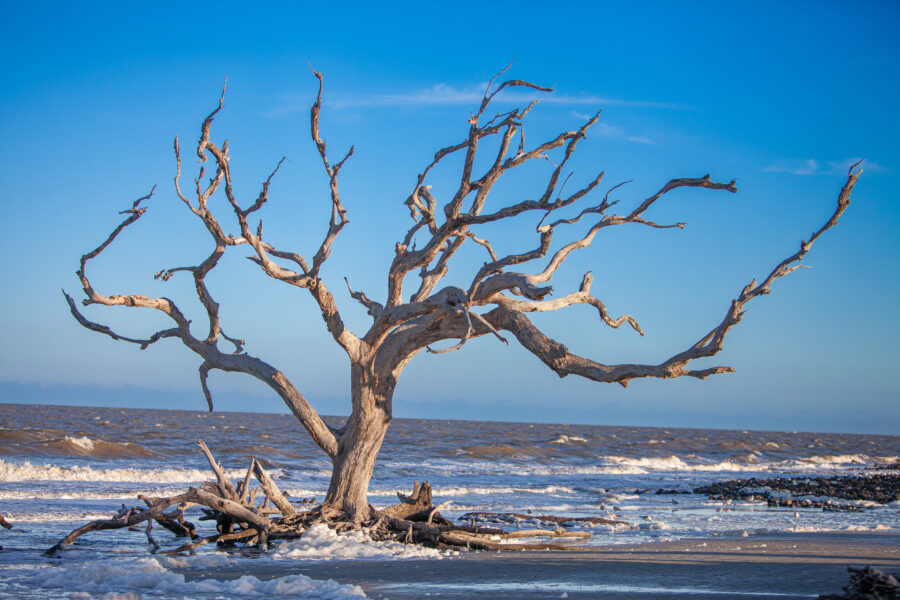
Winter on Jekyll Island just feels different—quiet, relaxed, and almost like you’ve got the place to yourself. The crowds thin out, and suddenly you can actually hear the wind in the trees or spot details you’d usually rush past.
Cooler weather makes it easy to slow down. You can take your time with the island’s history and natural beauty without bumping elbows with strangers.
Holiday Events and Island Treasures
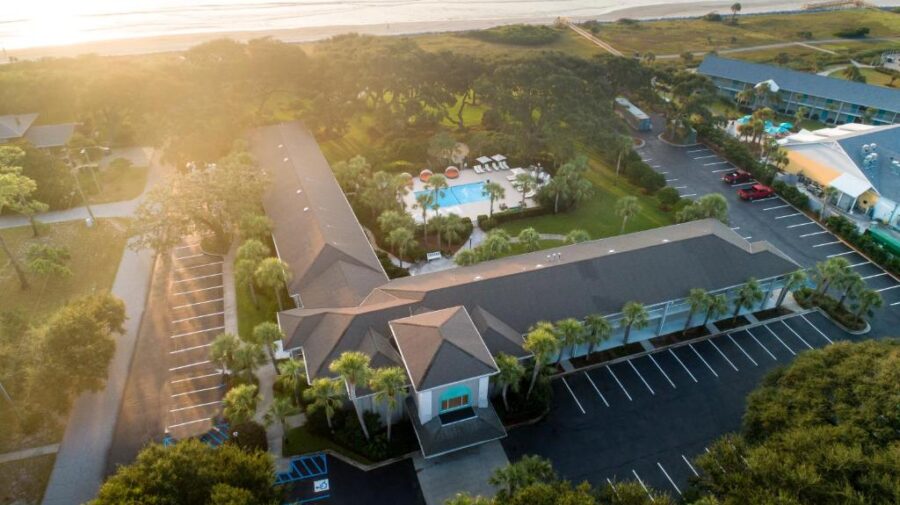
December rolls around, and the Historic District glows. Strings of lights wrap around the old oaks and the grand Jekyll Island Club Hotel. It’s not over-the-top, but there’s something magical about it—like the holidays should always feel this way.
Don’t miss the Island Treasures hunt if you’re around. Local artists craft hand-blown glass floats, then hide them all over the island. It’s a quirky tradition that turns a walk into a treasure hunt, and honestly, it brings out the kid in everyone.
You’ll find parades, light displays, and family activities that keep the vibe festive but never overwhelming. Grab a hot cocoa, stroll the decorated paths, and just soak up the mellow holiday spirit. It’s cheerful, but you won’t feel like you’re in a theme park.
Exploring Historic Landmarks
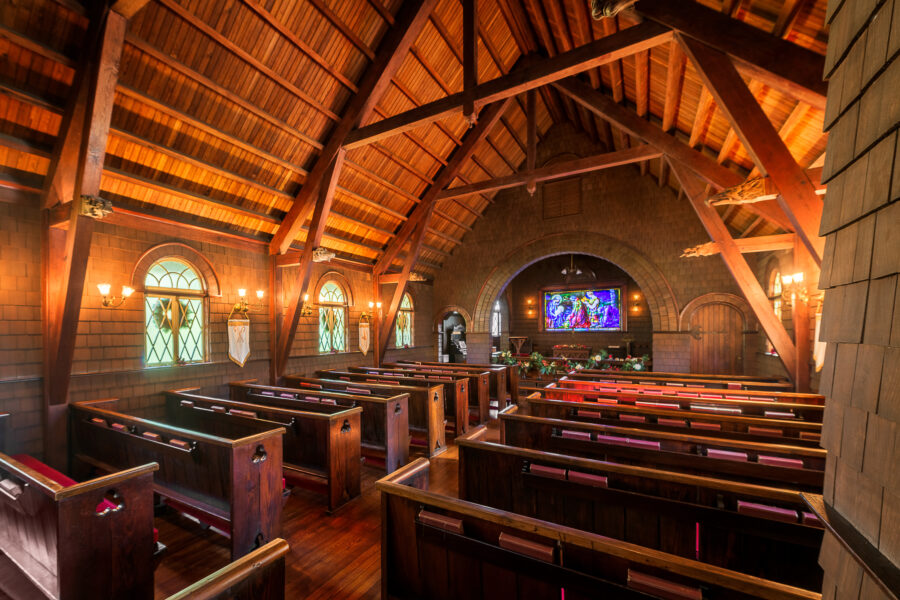
Winter’s chill actually makes wandering the Historic District more enjoyable. Step into Faith Chapel and let your eyes wander over the Tiffany stained-glass windows. The chapel is small, almost cozy, but the details are anything but modest.
The Jekyll Island Museum weaves the island’s stories together in a way that makes you care. You’ll hear about Gilded Age millionaires, but also the enslaved people and workers who shaped this place. I always suggest starting here—it gives everything else more meaning.
You’ll want to walk the Wanderer Memory Trail, too. It tells the story of one of the last slave ships to reach the U.S. On a quiet winter day, the weight of that history hits a little harder.
Nature Walks and Birdwatching
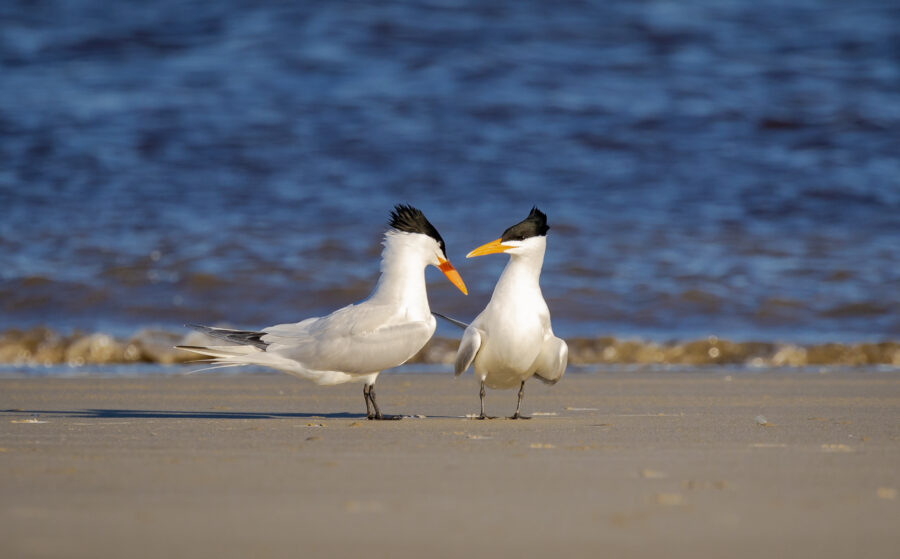
Winter might surprise you—it’s perfect for strolls through the maritime forest or along Driftwood Beach. No sticky heat, just crisp air and soft light that makes every photo look like a postcard.
Birdwatchers, this is your season. Roseate spoonbills, egrets, and sometimes flocks of migrating shorebirds rest along the marshes. Bring binoculars if you have them. I’ve lost track of time just watching pelicans dive near Clam Creek.
Rangers lead guided walks, and you’ll learn a ton about the local ecosystems—how tides shape the marsh, how sea turtles are protected, and why Jekyll’s nature is so unique. Even if you’re not a “nature person,” you might find yourself caring more than you expected.
For me, winter is when the island’s quieter side really shines. You can actually hear the birds and the wind, which is rare during the busier months.
Must-See Attractions Year-Round
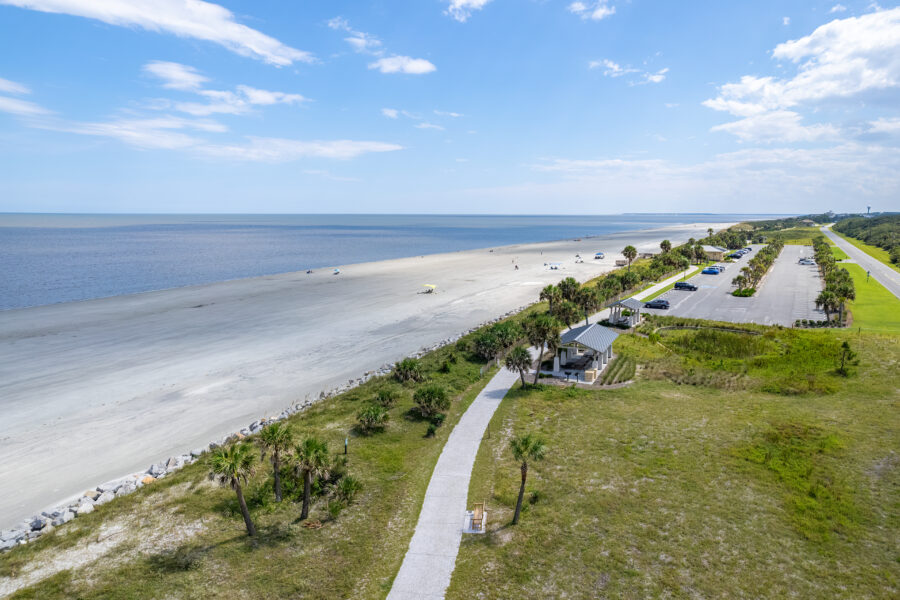
Jekyll Island has this way of blending natural beauty, history, and wildlife that just feels approachable. You’ll stumble upon wild beaches, conservation centers, and historic sites that all tell their own story.
Driftwood Beach and Iconic Shorelines
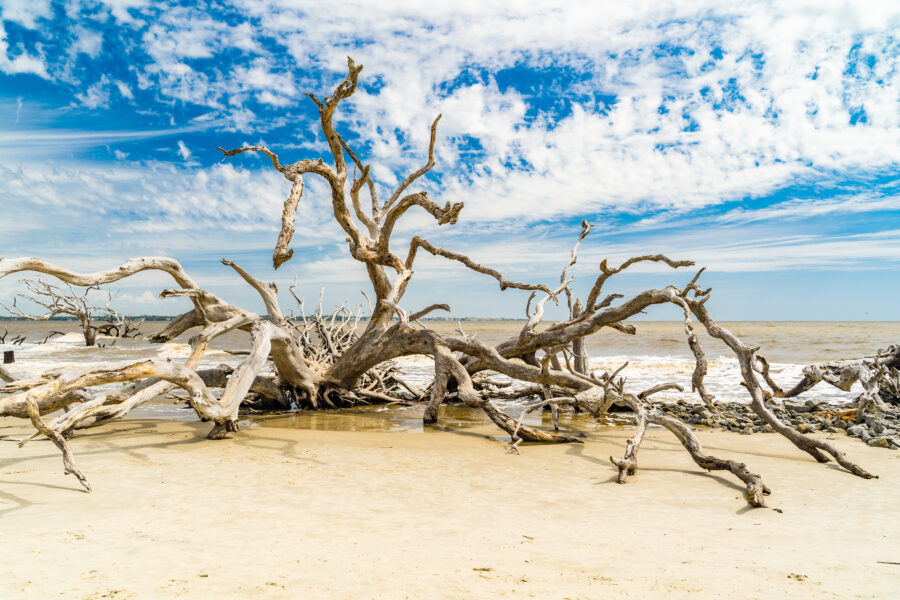
Driftwood Beach is the spot everyone wants to see, and honestly, it lives up to the hype. Giant, sun-bleached trees scatter across the sand, creating this surreal, almost otherworldly landscape.
You’ll want to visit at low tide—more driftwood appears, and the sand stretches wide for easy walking. Sandals or water shoes help since the ground can get a little tricky.
If you’re into sunrises, set your alarm and get there early. The light is unreal, and you’ll have the place mostly to yourself. Or just pack a simple breakfast and watch the day begin—it’s peaceful in a way you don’t expect.
Guided island tours often swing by Driftwood Beach. If you’re short on time, these tours help you hit the highlights without stressing over logistics.
Georgia Sea Turtle Center Insights
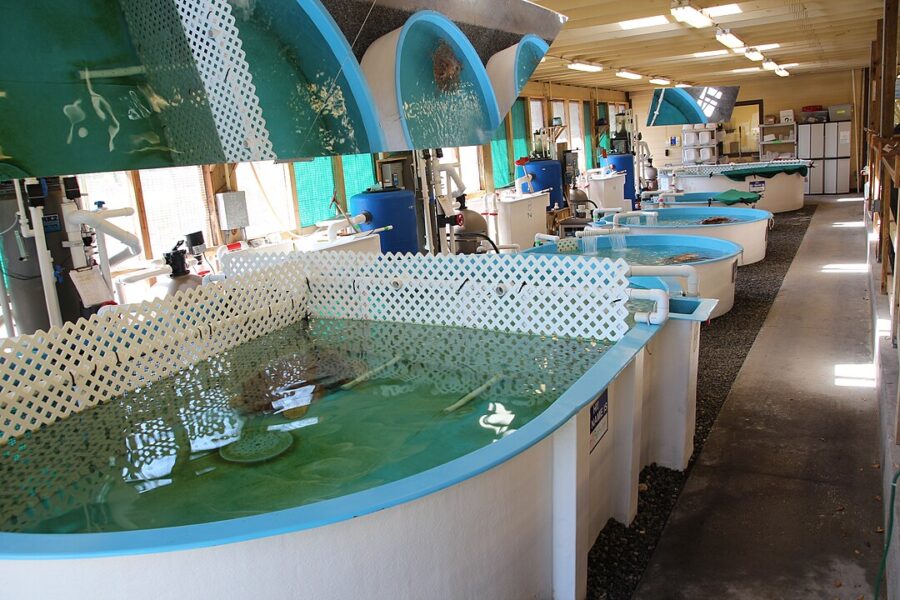
The Georgia Sea Turtle Center is one of those places that sneaks up on you. You walk in thinking it’s just for kids, but then you find yourself totally hooked by the conservation work happening right in front of you.
Inside, you’ll see exhibits that break down the struggles sea turtles face—boat strikes, plastic, all of it. The real magic is the viewing windows into the treatment areas. Staff care for injured turtles right there, and you can’t help but root for them.
If you visit in summer, you might catch loggerheads nesting at night. The center sometimes offers programs where you can watch without disturbing the turtles. It’s rare to see something like that up close.
Families love the interactive stuff, but honestly, even adults walk out with a new appreciation for these animals. If you want to help, the gift shop lets you “adopt” a turtle, and your money goes straight back to the hospital.
Historic District and Mosaic Museum
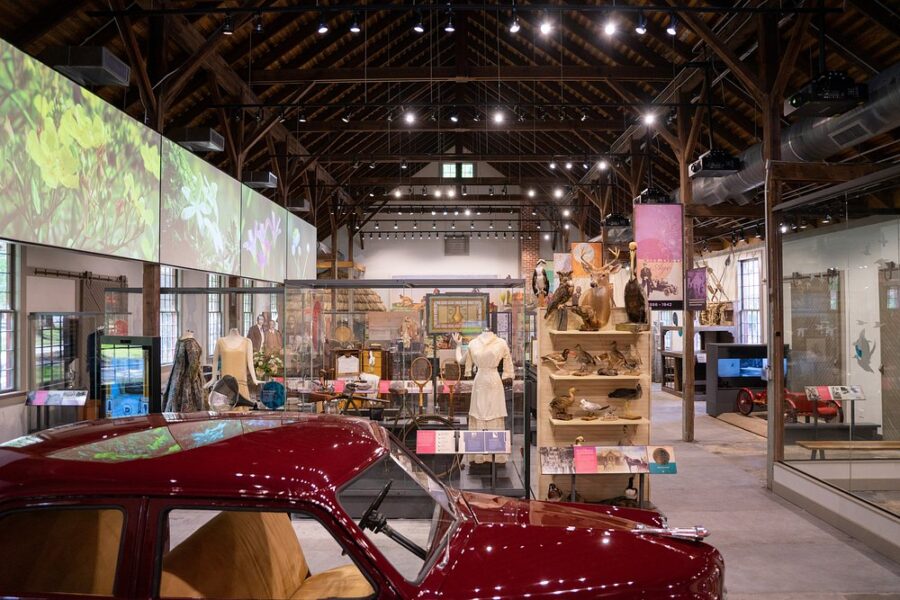
The Jekyll Island Historic District feels like a step back in time. Gilded Age families built sprawling “cottages” here, and the architecture is worth a slow walk.
Start at the Mosaic Museum. The exhibits give you a crash course on everything from Native American life to the days when America’s richest families called this island home. It’s well done—enough detail to be interesting, but not so much that you feel overwhelmed.
You can join guided tours for deeper stories and sometimes even peek inside private buildings. If you’re more of a wanderer, just strolling under the Spanish moss is its own reward.
Give yourself at least half a day here. Between the museum, the walking paths, and maybe a drink at the historic Jekyll Island Club, you might lose track of time. If you love mixing history with a bit of leisure, this is your spot.
See Related: Best Winter Destinations in the US: Snowy Escapes You Can’t Miss
Frequently Asked Questions
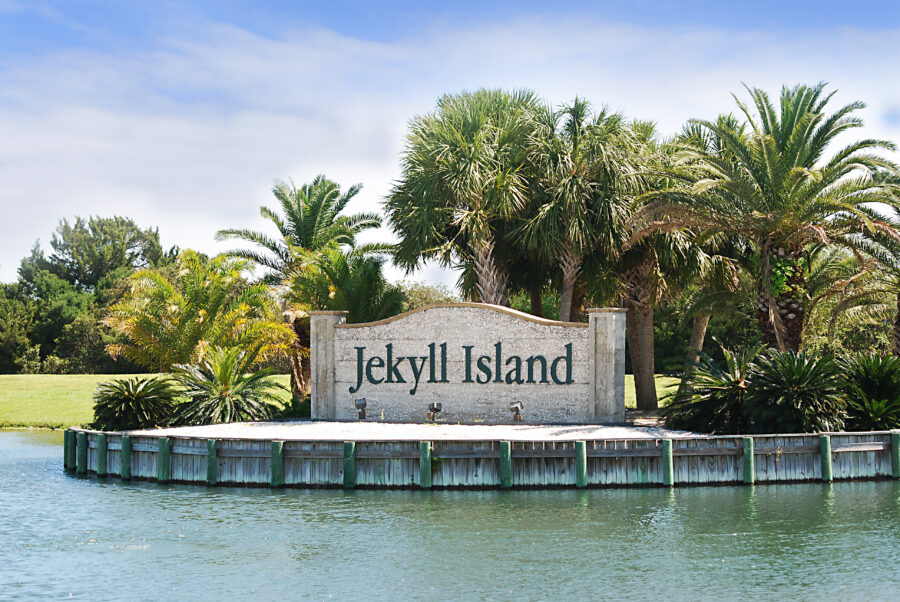
Planning a trip to Jekyll Island isn’t just about picking dates. It’s about knowing when the island comes alive, when it gets quiet, and how to make your trip fit your style—and your budget.
What are the peak seasons for wildlife spotting on Jekyll Island?
If you’re hoping to spot sea turtles nesting, late spring into early summer is the sweet spot. May is when things kick off, and you might catch hatchlings later in the summer. Birdwatchers, don’t skip fall migration—it’s a show.
Can you suggest the ideal months for comfortable weather and fewer crowds?
Spring (March through May) is a personal favorite—mild weather, smaller crowds, and plenty of space to explore. Fall (September to November) works well too. You’ll get warm days without the summer chaos. Moving around the island is just easier than.
What are the special events or festivals worth experiencing on Jekyll Island?
The Shrimp and Grits Festival in the fall draws a crowd for good reason. Around the holidays, Holly Jolly Jekyll lights up the island with a cozy, small-town vibe. And if you’ve got kids, Summer Waves Water Park is a seasonal must.
During which part of the year does Jekyll Island offer the most scenic landscapes?
Spring explodes with wildflowers and new greenery. Fall brings golden marshes and clear skies. I’ve always thought Driftwood Beach looks its most dramatic in winter, when you’ve got it almost to yourself and the light turns everything moody. Honestly, every season has its moment, but spring and fall really pop.
Is there a recommended time for budget-friendly travel to Jekyll Island?
November is usually the best bet for deals—lower hotel rates, fewer people, and a relaxed vibe. If you’re flexible, keep an eye on flight deals to nearby airports. Off-season travel means you can snag better rooms without much competition.
What period should be avoided due to extreme weather conditions on Jekyll Island?
Honestly, winter on Jekyll Island doesn’t get wild, but let’s be real—it’s not the most exciting time to visit. The temperatures drop, and there’s just not much happening outdoors.
Now, hurricane season is a different story. It kicks in from June through November, and those storms can really mess with your plans. Oddly enough, fall tends to feel a bit calmer than the tail end of summer, but you never really know, right?
If you’re the type who worries about the weather ruining your trip, maybe grab travel insurance. It might just save you some stress.

